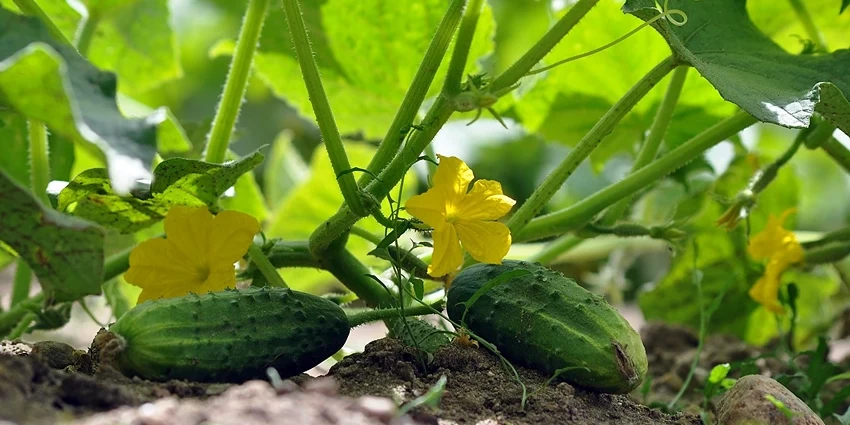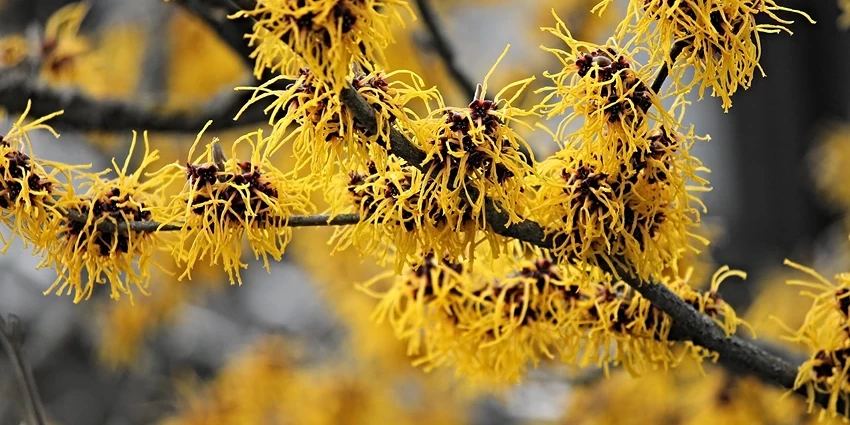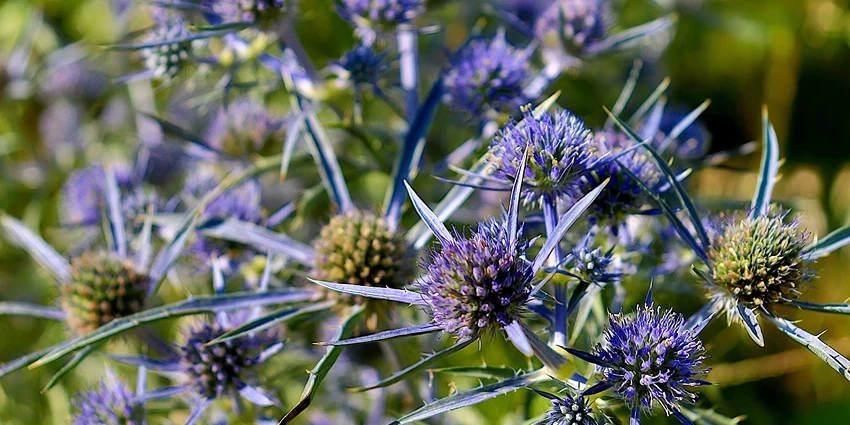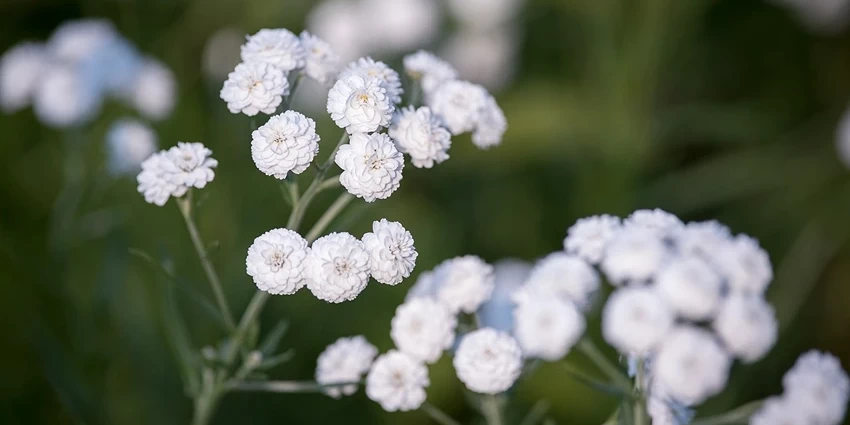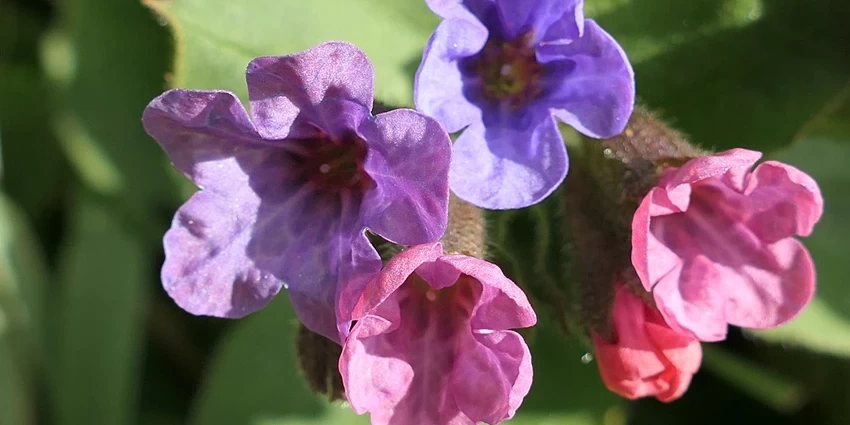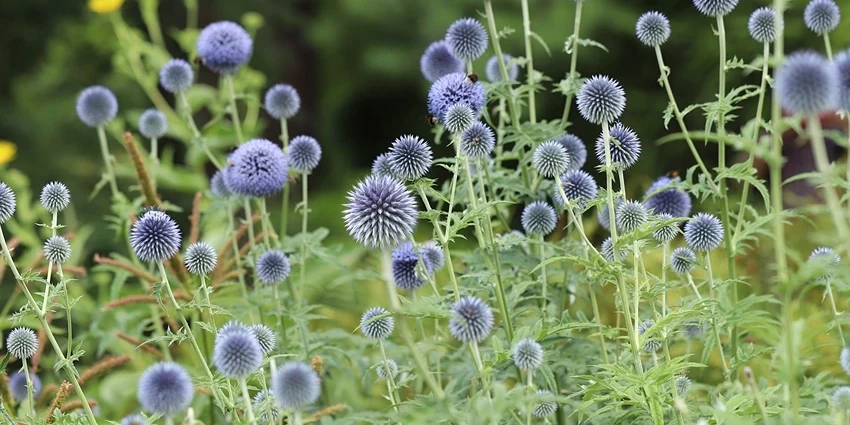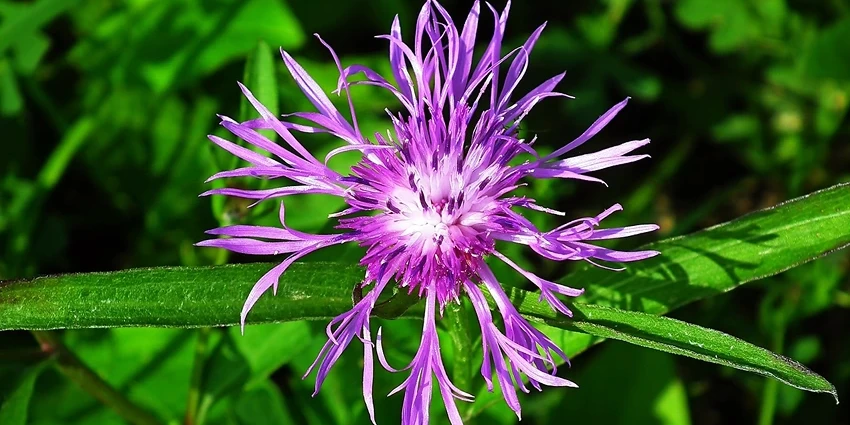All products were chosen independently by our editorial team. This review contains affiliate links and we may receive a commission for purchases made. Please read our affiliates FAQ page to find out more.
Home » Types of Plants » The Intriguing World of Cucumbers: A Deep Dive into Cucumis sativus
Latin Name
Cucumis sativus
Most Commonly Used Where
Gardens, greenhouses
Family
Cucurbitaceae
Cucumbers, those refreshing, crunchy veggies we all know and love, are more than just a salad staple. They’re a fascinating subject, especially when you delve into their botanical background, historical journey, and the myriad ways they impact our lives. Let’s embark on an exploratory journey into the world of Cucumbers (Cucumis sativus), a member of the Cucurbitaceae family.
| Jan | Feb | Mar | Apr | May | Jun | Jul | Aug | Sep | Oct | Nov | Dec | |
|---|---|---|---|---|---|---|---|---|---|---|---|---|
| Plant | ✓ | ✓ | ✓ | ✓ | ✓ | ✓ | ✓ | |||||
| Harvest | ✓ | ✓ | ✓ | ✓ |
Register for our latest in-depth reviews and product round-ups from the experts.
Enter your email address below to receive our monthly review emails.
By entering your details, you are agreeing to our terms and conditions and privacy policy. You can unsubscribe at any time.
Key Takeaways
- Cucumis sativus: A widely cultivated plant with a rich history and diverse varieties.
- Nutritional Benefits: Low in calories but high in water content and nutrients.
- Cultivation: Thrives in warm climates, with specific growing requirements.
- Culinary Uses: A versatile ingredient in various cuisines, known for its refreshing taste.
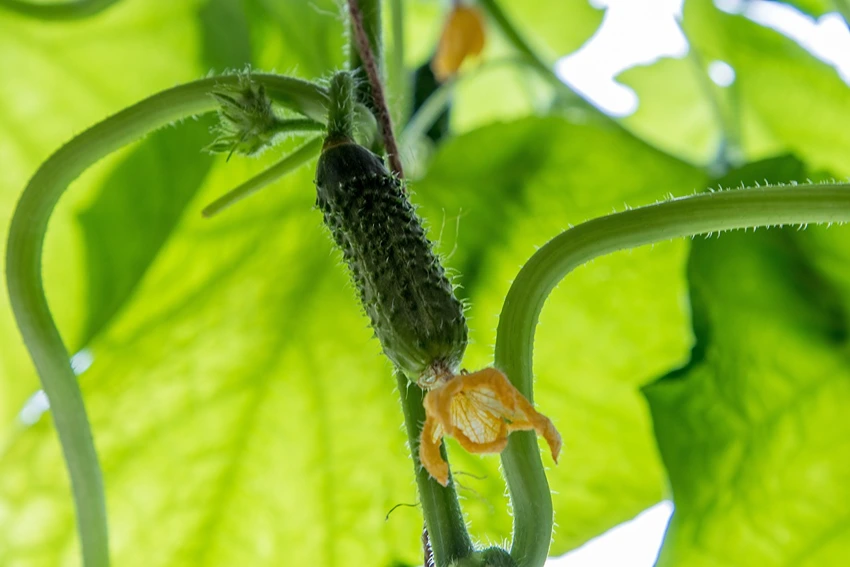
A Glimpse into the Cucumber’s Past
Historical Roots and Spread
Cucumbers have a storied past, believed to have been first cultivated in India. From there, they spread to Asia, Europe, and eventually, the Americas. Each region has developed its unique cucumber varieties, adapting to local tastes and climates.
Cucumbers in Ancient Cultures
In ancient times, cucumbers were more than just food. They held significant cultural and medicinal value. For instance, the Romans used them for their health benefits, while in Asia, they were a symbol of rejuvenation.
Botanical Characteristics
Physical Description
The cucumber plant is a creeping vine with large, hairy leaves and yellow flowers. It’s fascinating how this plant adapts to its environment, either spreading across the ground or climbing up supports.
Fruit Description
The cucumber fruit, technically a pepo, varies in size and shape but is generally elongated with a green, sometimes bumpy skin. It’s interesting to note that what we commonly call a vegetable is, in fact, a fruit from a botanical perspective.
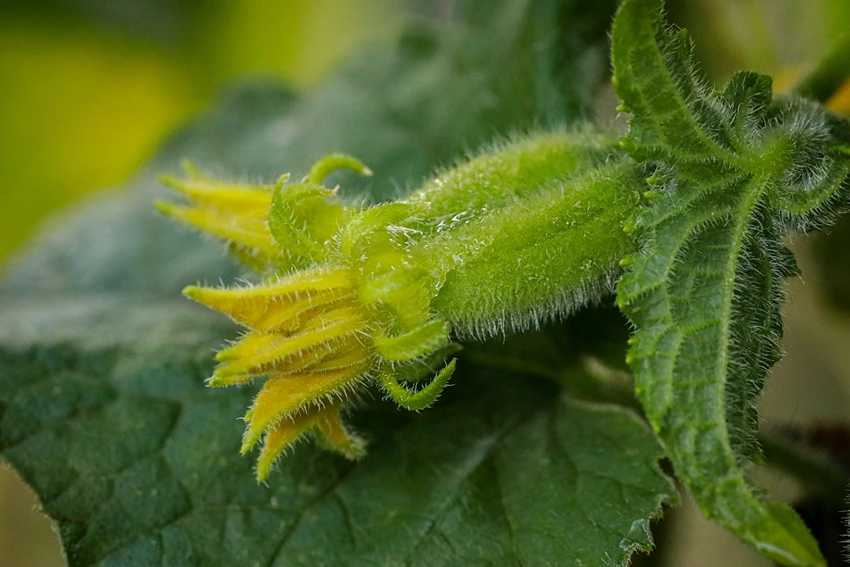
Diverse Varieties of Cucumbers
Cucumbers come in an array of types, each suited to different culinary uses. The main categories are slicing, pickling, and seedless cucumbers. Each type has its unique characteristics, from the thin-skinned English cucumber to the smaller, bumpier pickling varieties.
Table of Cucumber Varieties
| Type | Description | Common Uses |
| Slicing | Large, mild-flavored | Fresh salads |
| Pickling | Small, with bumpy skin | Pickles |
| Seedless | Thin-skinned, less bitter | Snacking, salads |
Nutritional Profile and Health Benefits
Cucumbers are a powerhouse of hydration and nutrients. They are incredibly low in calories but rich in vitamins, minerals, and antioxidants.
Nutritional Content
A typical cucumber is made up of about 95% water, making it an excellent choice for hydration. It also contains Vitamin K, Vitamin C, and a range of B vitamins.
Health Benefits
- Hydration: Their high water content makes cucumbers great for staying hydrated.
- Weight Management: Low in calories, they are a perfect snack for weight-conscious individuals.
- Skin Health: The silica and antioxidants in cucumbers contribute to healthy skin.
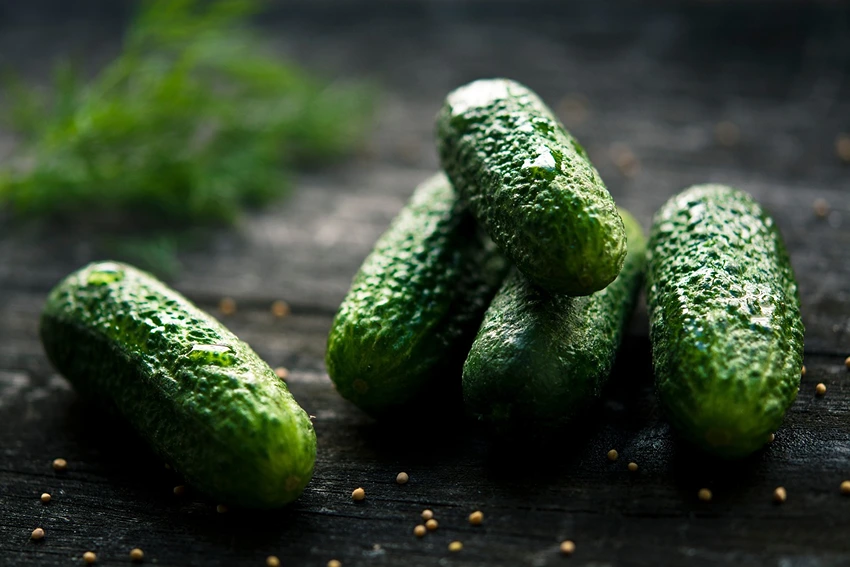
Cucumbers in the Kitchen
Cucumbers are incredibly versatile in the culinary world. They can be eaten raw in salads, pickled for a tangy treat, or even used in creative recipes like cucumber soups and smoothies.
Culinary Uses
- Salads: Fresh, crisp slices add a refreshing touch to any salad.
- Pickles: Pickled cucumbers are a staple in many cuisines, offering a tangy flavor.
- Drinks: Cucumber-infused water and cocktails are popular for their refreshing taste.
Table of Popular Cucumber Dishes
| Dish | Description |
| Greek Salad | A mix of cucumber, tomato, feta, and olives |
| Cucumber Sandwiches | Thinly sliced cucumber on buttered bread |
| Tzatziki | A Greek yogurt and cucumber dip |
Cultivation Techniques for Thriving Cucumbers
Growing Conditions
Cucumbers thrive in warm, well-drained soil with plenty of sunlight. They prefer a pH between 6.0 and 7.0 and require consistent watering for even growth.
Planting and Care
- Seed Sowing: Plant seeds 1-2 inches deep in rich soil.
- Spacing: Space plants about 36 to 60 inches apart.
- Watering: Provide consistent moisture, especially during fruiting.
Table of Ideal Growing Conditions
| Factor | Ideal Condition |
| Soil pH | 6.0 – 7.0 |
| Spacing | 36 – 60 inches |
| Watering | Consistent |
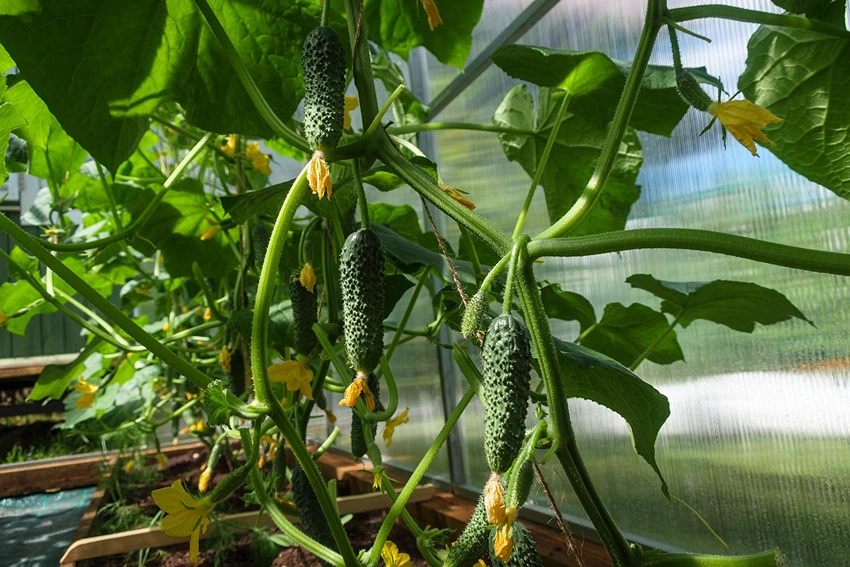
Harvesting and Post-Harvest Handling
Harvesting cucumbers at the right time is crucial for flavor and texture. Pick them when they are medium-sized, firm, and bright green.
Storage and Shelf Life
- Temperature: Store at 50-55°F.
- Humidity: Keep in high humidity to prevent dehydration.
- Shelf Life: Lasts up to 1 week when stored properly.
Cucumbers and the Environment
Sustainable Practices in Cultivation
Cucumber cultivation can be made more sustainable by using organic farming methods, water conservation techniques, and integrated pest management.
Environmental Impact
- Water Usage Efficient lawn irrigation systems can reduce water waste.
- Pesticides: Minimizing chemical use protects local ecosystems.
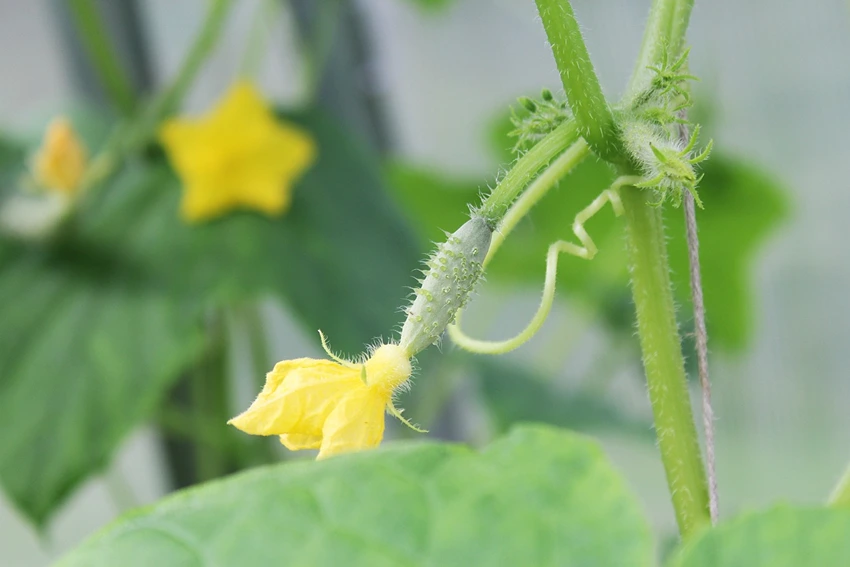
Frequently Asked Questions
Yes, cucumbers can thrive in containers, making them suitable for small spaces and urban gardens.
Consistent watering and harvesting before they become too large can prevent bitterness.
Absolutely! They are low in calories, high in water content, and contain essential vitamins and minerals.
Where to buy cucumber
Oliver, a creative powerhouse and gardening enthusiast, brings a unique blend of scientific knowledge and artistic flair to BritishGreenThumb.co.uk. Growing up in the vibrant city of Brighton, Oliver's earliest memories involve exploring the city's picturesque parks and gardens, which sparked his lifelong passion for horticulture.


